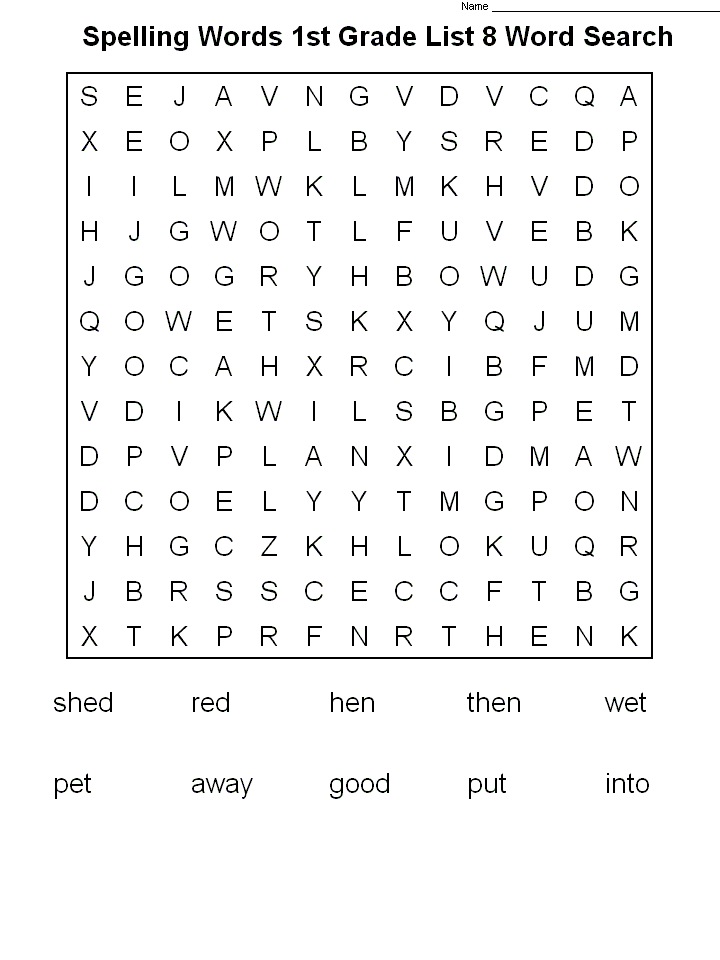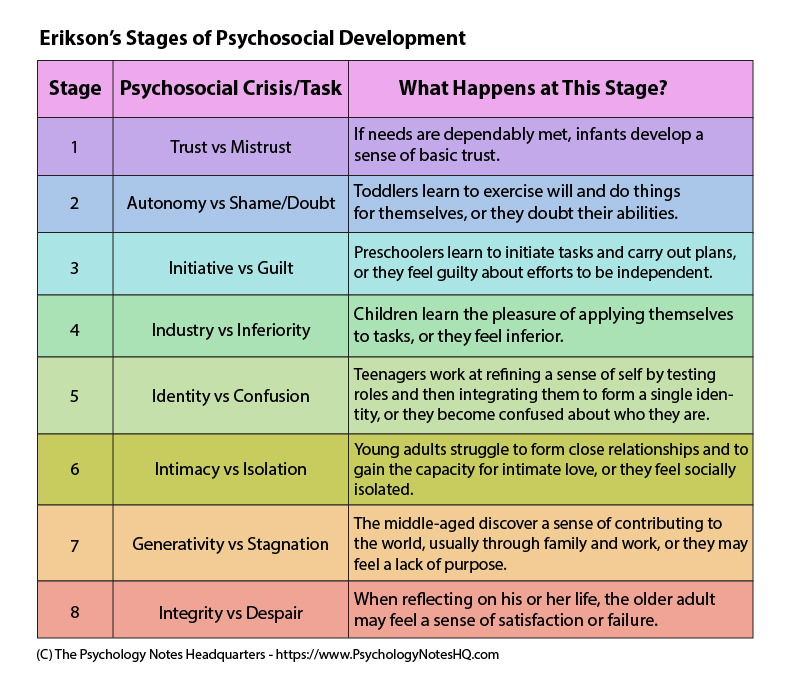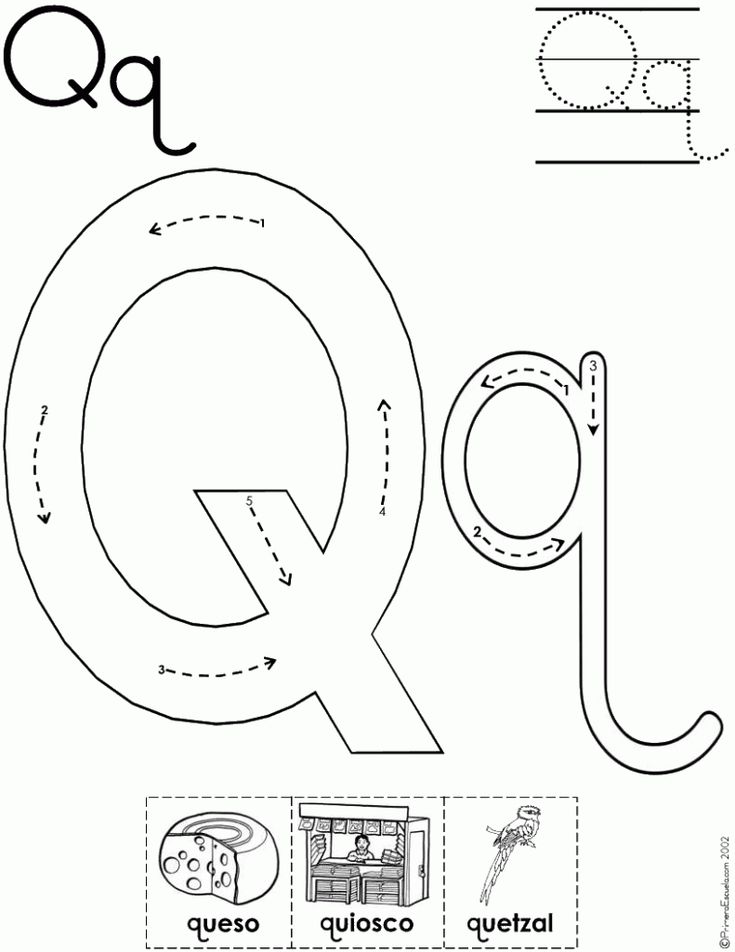What the f boom
Sonic Boom Archive — Steve Rowell
Over the course of 18 months, from 2005 - 2007, I recorded all of the sonic booms that occurred above the California Mojave Desert. The airspace of interest is labeled the “R-2508 Special Use Airspace Complex” by the US Air Force. The equipment array installed was calibrated to autonomously monitor and record any sound above an established decibel threshold, filtering out long moments of (perceived) silence and / or low volume sounds, natural and man-made. The result is an "inverse noise gate". A noise gate being an acoustical engineering term for a device or application which controls, limits the loud volume spikes or peaks of an audio signal. By inverting this filter, my recordings retain the abrupt and loud sounds, thereby capturing the elusive sonic boom-scape of this singularly militarized, supersonic airspace, the largest and most active of its kind in the world.
The research involved a continuous sampling of the skies for sonic booms, a reasonably frequent occurrence, at the Center for Land Use Interpretation’s Desert Research Station (DRS) which is under Edwards Air Force Base’s R-2515 High Altitude Supersonic Corridor air space.
Sonic booms are the audible effects of shock waves caused by matter moving faster than the speed of sound - approximately 761 MPH at sea level at 59 °F (1,224 KPH @ 15 °C) – through the atmosphere. In this case, the types of “matter” are various supersonic military aircraft that may include the US Air force F-16, F/A-18, F-22, and F-35 fighter jets as well as NASA’s F-5A and F-15B Shaped Sonic Boom Demonstrator jets. These otherwise exotic aircraft are common to the airspace above the Mojave Desert.
These recordings have been exhibited as part of two collaborative installations with SIMPARCH: Gloom & Doom I (Center For Contemporary Art, Cincinnati, OH, May - October 2006) and Gloom & Doom II (Weston Art Gallery, Cincinnati, May - July 2006) where an anechoic "boom chamber" was constructed in the form of a two-story plywood "house", a direct reference to the test-homes NASA and the US Air Force built in the 1950s on a dry lake bed at Edwards AFB. These test homes had embedded microphones and seismometers to detect shockwave impact and structural damage.
See also:
Gloom & Doom I
Gloom & Doom II
An installation featuring a listening station and descriptive poster was exhibited in the group show Aural Indicators at the Contemporary Conflict Institute in Troy, New York, March-May 2010.
An updated iteration of this audio/didactic poster installation, but including a large format (40x80 inch) print was shown in the group show Ecotone at the Actual Size gallery in Los Angeles, March-April 2014.
A short composition of select booms was exhibited in the group show Zeigen: An Audio Tour through Berlin at the Temporäre Kunsthalle Berlin, December 2009 - January 2010.
As of May 2012, a playback of select booms and incidental desert ambiance is being exhibited indefinitely at the CLUI Desert Research Station in the recently activated Sonic Boom Containment Vessel.
Now part of the CLUI Interpretive Walking Trail at the Desert Research Station, providing information about the Harper Lake Basin region... a region which includes the airspace above, classified by the U.S. Air Force as the "R-2508 Special Use Airspace Complex". This restricted, remote airspace, this ‘nether-ether’, is the (un)natural realm of sonic booms, explosions of air pressure generated by, at this time, US supersonic military aircraft. These fighter jets – above one moment, gone the next – and the split-second eruptions of the atmosphere they produce are the subjects, implied and audible, of the Sonic Boom Containment Vessel (SBCV).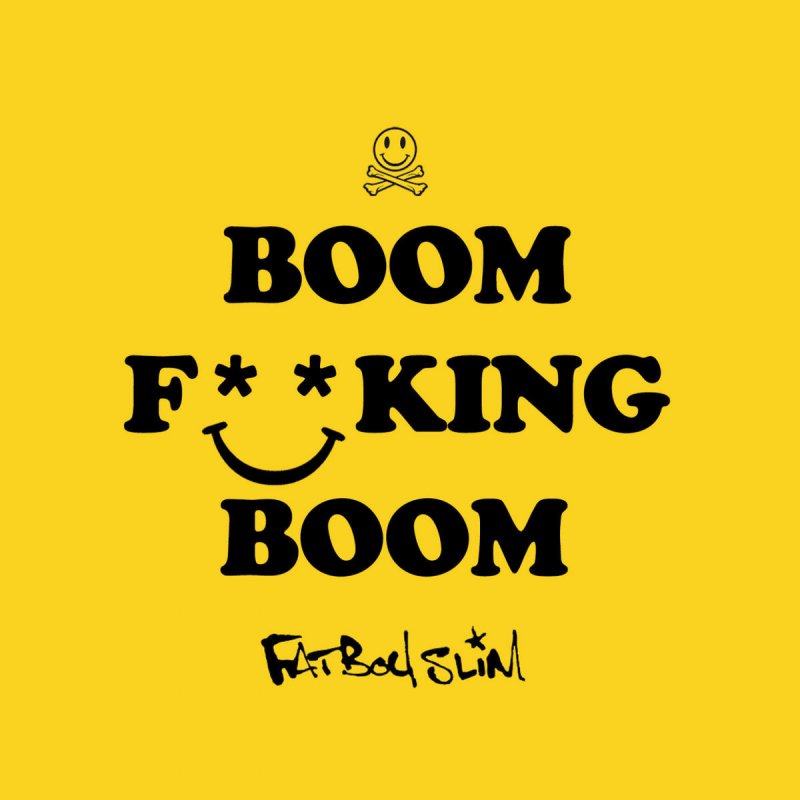
The SBCV holds captive 18 months of sonic boom 'events' from 2006-2007. This sound installation consists of a small modular office unit outfitted with powerful audio equipment, where high decibel playback of these recorded booms occur under the same airspace where the recordings were made. The law of Action-Reaction revisited and manifested ad infinitum. Listening to (and feeling) the playback of these infrasonic frequencies can be a visceral experience.
SONIC BOOM CONTAINMENT VESSEL PLAYLIST
CLUI DRS, Hinkley, CA
Installed May 2012
Daily playback from 10am-5pm, indefinitely
Track title ––– hh:mm:ss
SBA text audio voice over pitched.mp3 ––– 00:03:07
Framework radio piece - S Rowell Sonic Booms.mp3 ––– 00:57:00
Sonic Boom Archive composition for CCI Troy.mp3 ––– 00:15:31
Sonic Boom Archive composition TACTILE AIR-WESTON.mp3 ––– 00:20:00
Sonic Boom Archive composition STV01001_hour 01-dove.mp3 ––– 00:32:01
Landing bird chatter F-28s jetnoise and booms. mp3 ––– 00:06:49
mp3 ––– 00:06:49
Baby bird chirp owl F-35 jetnoise and booms.mp3 ––– 00:12:21
Bird trilling over jetnoise.mp3 ––– 00:01:05
Dog bark whimper dove multiple booms.MP3 ––– 00:04:36
Bird flap.mp3 ––– 00:00:21
Total ––– 02:32:51
All recordings from autonomous Sonic Boom Archive recording sessions, CLUI DRS 2006-07
Earthquake Booms, Seneca Guns, and Other Sounds
By Earthquake Hazards
Reports of unidentified “booms” have emerged from different places around the world for hundreds of years, and although many of the “boom stories” remain a mystery, others have been explained. Most of the booms that people hear or experience are the result of human activity, such as an explosion, a large vehicle going by, nearby construction, or sometimes a sonic boom, but there have been many reports of booms that cannot be explained by man-made sources. Some of those booms are associated with a variety of interesting natural phenomena, including earthquakes.
In the United States most reports of mysterious booms come from the Northeast and along the East Coast, but there have also been observations along the West Coast. Those on the East Coast have not been directly studied and explained, but we can deduce from observations and measurements in West Coast locations that at least some of the East Coast booms are associated with very small earthquakes. Small shallow earthquakes sometimes produce rumbling sounds or booms that can be heard by people who are very close to them. High-frequency vibrations from the shallow earthquake generate the booming sound; when earthquakes are deeper, those vibrations never reach the surface. Sometimes the earthquakes create booming sounds even when no vibrations are felt.
Booms Around the World
Eastern U.S.
The term “Seneca Guns” is commonly used for booms that residents hear near Lake Seneca in the Finger Lakes region of New York. The name has also been applied to similar sounds along the coasts of North Carolina, South Carolina, and Virginia (possible origins of this term). The 1886 Charleston, South Carolina earthquake (approximately M6.9) was accompanied by well-documented booming sounds. The observations describe a roaring sound that was heard as the seismic waves rolled across the region. For several weeks after the Charleston Earthquake, there were many aftershocks that were reportedly accompanied by "loud detonations".
The 1886 Charleston, South Carolina earthquake (approximately M6.9) was accompanied by well-documented booming sounds. The observations describe a roaring sound that was heard as the seismic waves rolled across the region. For several weeks after the Charleston Earthquake, there were many aftershocks that were reportedly accompanied by "loud detonations".
Midwestern U.S.
There are accounts of "artillery"-like sounds that were said to have occurred before or during the New Madrid earthquakes of 1811-1812 (M 7.4-7.9).
Reports of booms throughout the Midwest often coincide with low temperatures of -20 F or colder and are sometimes described as “ice quakes” or “frost quakes” . A frost quake is a result of shallow groundwater freezing, expanding, and then causing surrounding frozen rock and soil to crack. These events are not recorded on seismographs. Another explanation for booms during cold snaps is the expansion and contraction of houses and other structures due to the extreme temperatures.
Western U.S.
In 2001, a swarm of small earthquakes accompanied by booming sounds unnerved the city of Spokane. The shallow location of the earthquakes in Spokane (sometimes only 1-2 miles deep) probably contributed to all the noise heard by residents.
In 1989, USGS seismologists working on Mammoth Mountain in California heard muffled booming sounds but felt no shaking . Seismographs showed that several small, shallow earthquakes (less than magnitude 2) occurred at the same time. Another group of USGS scientists heard low rumbling sounds and felt shaking while they were installing seismic stations in Imperial Valley, CA during an earthquake swarm. During the 1906 San Francisco earthquake (M7.9), many citizens described sounds of all types, from “roaring” to “rushing”.
Outside the U.S.
Historical reports of earthquake sounds in Europe include anecdotes from as early as 1857 from a M6.9 earthquake in Italy. The sounds from that earthquake were described as both “explosive” and “rushing and rolling” by witnesses. Accounts of sounds from small- to moderate-size earthquakes in England from 1880 to 1916 were collected in a publication in 1938. The observations include descriptions of booming, blowing wind, muffled sounds, and “an immense covey of partridges on the wing”, according to one report.
Accounts of sounds from small- to moderate-size earthquakes in England from 1880 to 1916 were collected in a publication in 1938. The observations include descriptions of booming, blowing wind, muffled sounds, and “an immense covey of partridges on the wing”, according to one report.
Non-Earthquake Booms
Of course, most booming sounds that people hear are not caused by earthquakes. Some other common and not-so-common natural causes are lightning, storm and tsunami waves, meteors, and sand dunes. Man-made causes include sonic booms, explosions, and construction.
References
- Dutton, C.E., (1889). The Charleston Earthquake of August 31, 1886, Ninth Annual Report, 1887-88, U.S. Geological Survey, Washington D.C., 203-528.
- Hill, D.P. (2011). What is That Mysterious Booming Sound? Seism. Res. Lett., v.5.
- Hill D. P., Fischer, F. G., Lahr, K. M., & Coakley, J. M. (1976). Earthquake sounds generated by body-wave ground motion.
 Bulletin Seismological Society of America, v. 66, No. 4, 1159-1172.
Bulletin Seismological Society of America, v. 66, No. 4, 1159-1172. - Kitov, I. O., J. R. Murphy, O. P. Kusnetsov, B. W. Barker, & N. I. Nedoshivin, An analysis of seismic and acoustic signals measured from a series of atmospheric and near-surface explosions. (1997). Bull. Seism. Soc. Am. 87, 1553-1562.
- Stiermann, D.J.(1980). Earthquake sounds and animal cues; some field observations. Bull. Seism. Soc. Am. 70, 639-643.
- St-Laurent, F.(2000). The Saguenay, Québec, earthquake lights of November 1988-January 1989. Seism. Res. Lett. 71, 160-174.
- Tosi, P., De Rubeis, V., Tertulliani, A., & Gasparini, C.(2000). Spatial patterns of earthquake sounds and seismic source geometry. Geophys. Res. Lett. 27, 2749-2752.
- Tsukuda, T.1997). Sizes and some features of luminous sources associated with the 1995 Hyogo ken Nanbu earthquake. J. Phys. Earth 45, 73-82.
Related Content
- FAQ
Related Content
- FAQ
How to cancel a subscription to boom in VK
The BOOM application allows you to listen to music from VKontakte. Read our article if you want to quickly cancel your subscription to BOOM on the VK social network. We will tell you how to do it through VK Pay, mobile phone or computer.
Read our article if you want to quickly cancel your subscription to BOOM on the VK social network. We will tell you how to do it through VK Pay, mobile phone or computer.
Contents
- Why unsubscribe from the Boom app
- How to unsubscribe from it:
- How to unsubscribe from Boom on the VK social network
- How to find the right page on the social network to unsubscribe from music in the Boom app:
- How to unsubscribe for Android users
- How to unsubscribe from the Boom app for VK on iOS
- Video tutorial -40 minutes in the course of listening to music. If you access VK mainly from computers, then this is unlikely to have affected you much. After all, extensions like Adblock Plus have been created for browsers, effectively blocking unwanted ads.
Some users feel embarrassed to deprive owners of Internet resources of income. In this case, we recommend that you go to the extension settings and check the box next to "Enable acceptable ads".
 Now Adblock will only block redundant and unsafe banners.
Now Adblock will only block redundant and unsafe banners. It's much more difficult to limit the number of ads you get through your phone. Adblock has released its own browser, which can be downloaded from Google Play or the App Store. However, many users sit on the VK social network through a special application. This makes it difficult for blockers to work.
In order for users to listen to music without ads and slowdowns, VK offers them to buy a subscription to the BOOM application for Android and iOS. It is a player that includes the entire collection from the huge VKontakte audio library.
How to unsubscribe to it:
- Click on "Settings".
- Tap on "Change tariff plan".
- Follow the link provided.
Previously, you could enjoy free access to music for free during the first month. The action "Subscription for 1 ruble" was also held. Thanks to its introduction, users listened to any audio recordings for free and without advertising for 3 months.
 However, if you do not want to constantly pay for the Boom application, then you must unsubscribe from it in advance.
However, if you do not want to constantly pay for the Boom application, then you must unsubscribe from it in advance. Read also: VKDJ what is this program?
Way to refuse Boom in social network VK
There are several ways to pay for access to VK music. The preferred method for opting out of the player depends on how you subscribed.
What payment channels are used:
- Through VK Pay.
- Through the App Store.
- On Google Play.
If the subscription was made through VK Pay, then follow the link provided for this https://vk.com/vk_pay_music#unsubscribe.
How to find the right page on the social network to unsubscribe from music in the Boom application:
- Open "Settings".
- Click on the line "Payment services".
- On the Subscriptions tab, click the button you want.
You can unsubscribe from a purchase made using a mobile device in the Play Store or the Epp Store.
 Even if the subscription is canceled, it will not be possible to return the money for it. However, the user will retain access to music for the entire paid period.
Even if the subscription is canceled, it will not be possible to return the money for it. However, the user will retain access to music for the entire paid period. You will need an Apple ID or Google account to cancel your subscription. If you do not have access to them, then you cannot refuse to renew services. To solve this problem, you will have to reissue the card. After that, VK will no longer be able to deduct money from you.
This may be useful: How to get a refund for an OKKO subscription?
Instructions for canceling a subscription for Android users
You can very easily unsubscribe from the VKontakte player directly through your smartphone. If you prefer to listen to music through the BOOM app for mobile devices, then you need to describe in your Google Play account.
How to do it:
- Open the Play Market app.
- Call up the side menu.
- Find "Account" and tap on it.
- Go to the Subscriptions section.

- Look for BOOM in the general list.
- Tap on the "Control" button.
- Select the "Unsubscribe" option.
To perform the same steps via a computer, proceed as follows:
- Launch the browser.
- Go to the "Account" page in the Play Market.
- Log in with your Google account.
- Open Subscriptions.
- Find the BOOM application and click on it with the cursor.
- Click the Cancel Subscription button.
- Follow program instructions.
The system will help you cancel your subscription renewal for the next period. Just in case, check if you are logged in with the right account. If you choose the wrong profile, you risk experiencing unexpected debits from your account in the next month.
Recommended reading: How to change the name in VK without checking the administrator.
How to opt out of Boom app for VK on iOS
Apple mobile device users need to do the following:
- Open "Settings".

- Go to the App Store and iTunes tab.
- Find your ID at the top of the page and click on it.
- Tap on "View Apple ID".
- Enter your Apple account information.
- Go to the "Subscriptions" section.
- Click on the BOOM application icon.
- Tap on the "Unsubscribe" button.
You can also do the same through the App Store from regular PC or MAC computers.
To do this, proceed as follows:
- Launch the program
- Log in with your Apple ID.
- Select the Account button from the top menu.
- Click View.
- Enter your details.
- Click on the "View" or "Login" button.
- Scroll down to the Settings section.
- Click on the Manage link.
- Locate the subscription to be manipulated.
- Click the Edit button next to it.
- Cancel your subscription.
To see the current guide, click on the item with the desired name:
- Instructions for managing subscriptions in VK are presented on the page https://vk.
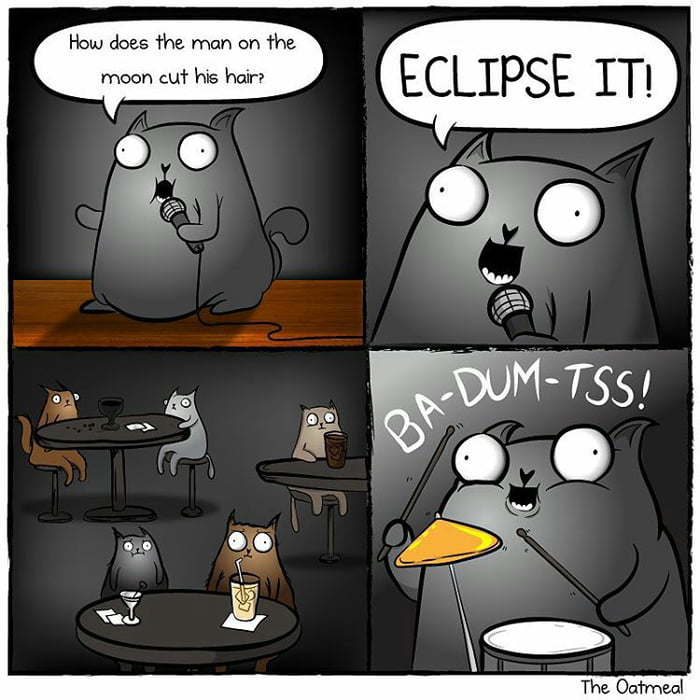 com/faq18209.
com/faq18209. - A list of frequently asked questions can also be found on the official BOOM website https://boom.ru/pages/faq/.
Be sure to make sure that you are really unsubscribing from the player from the correct account. To do this, check your Apple ID number. Otherwise, at the end of this period, the money will again be debited from your account. There are no refunds for a month already paid.
Video instruction
The video will discuss in detail how to cancel your subscription to the Boom application on the VK social network.
VK Combo subscription in BUM and VKontakte: what is it, how to disable it?
Home » Subscription
Reading 3 min Views 1.
 1k. Posted by
1k. Posted by VK Combo presents a service that includes the capabilities of the BUM music application created by the popular social network, as well as the Combo functionality promoted by Mail.ru Group since mid-autumn 2019of the year.
Consolidation of subscriptions was accompanied by a restructuring of cooperation with partners. The changes associated with Internet cinemas were especially noticeable. Lost access to Okko, TV from Megafon, but Start, Wink appeared. In this way, the next stage in the development of ecosystems associated with VC was realized.
Subscription content VK Combo
By purchasing a single subscription, a person becomes the owner of a whole set of advantageous offers for popular services.
- Most consumers are interested in free access to the VK Music project, as well as Boom mobile software. A paid subscription saves users from limits when listening to tunes in the background.
 The advertisements are also gone.
The advertisements are also gone.
BOOM allows you to download songs to your phone. Audio content saved in advance can be played without accessing the Internet.
- Internet cinema Wink allows you to watch over 110 TV channels at no additional charge. It has a rich collection of videos. It includes tens of thousands of feature films, serials recorded in high and ultra-high definition format.
- Discounts. Coupons with a variety of discount sizes allow you to buy electronic publications and audio books, use the capabilities of a cloud service aimed at computer gamers, learn new professions, deliver food and prepared meals home, and call a taxi.
Lotteries and competitions with valuable prizes are regularly held among the subscribers. These include not only personal bonuses that cannot be presented or transferred to anyone. Everyone will like the capsule, which is a smart speaker, which has a built-in voice assistant Marusya.







